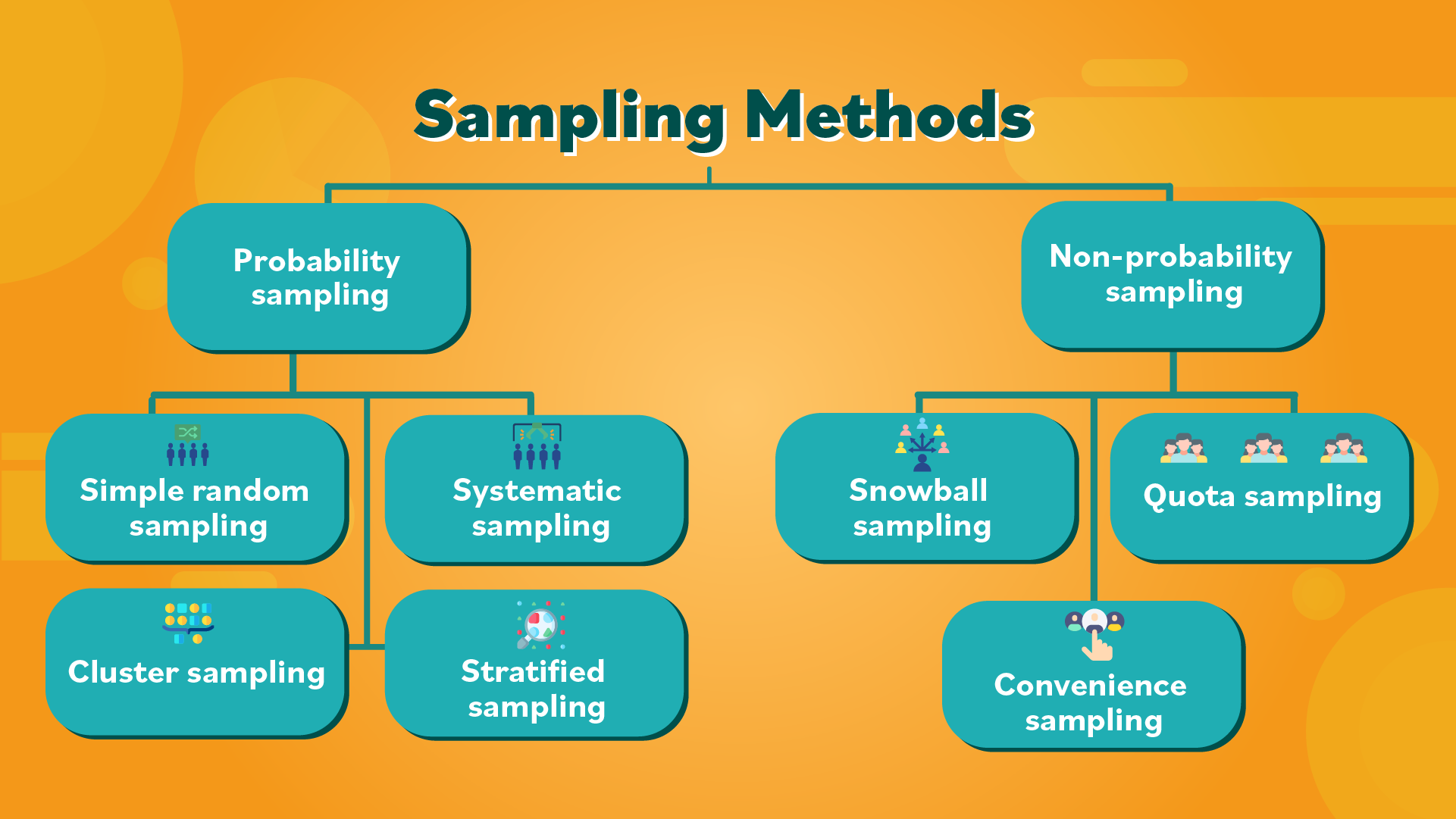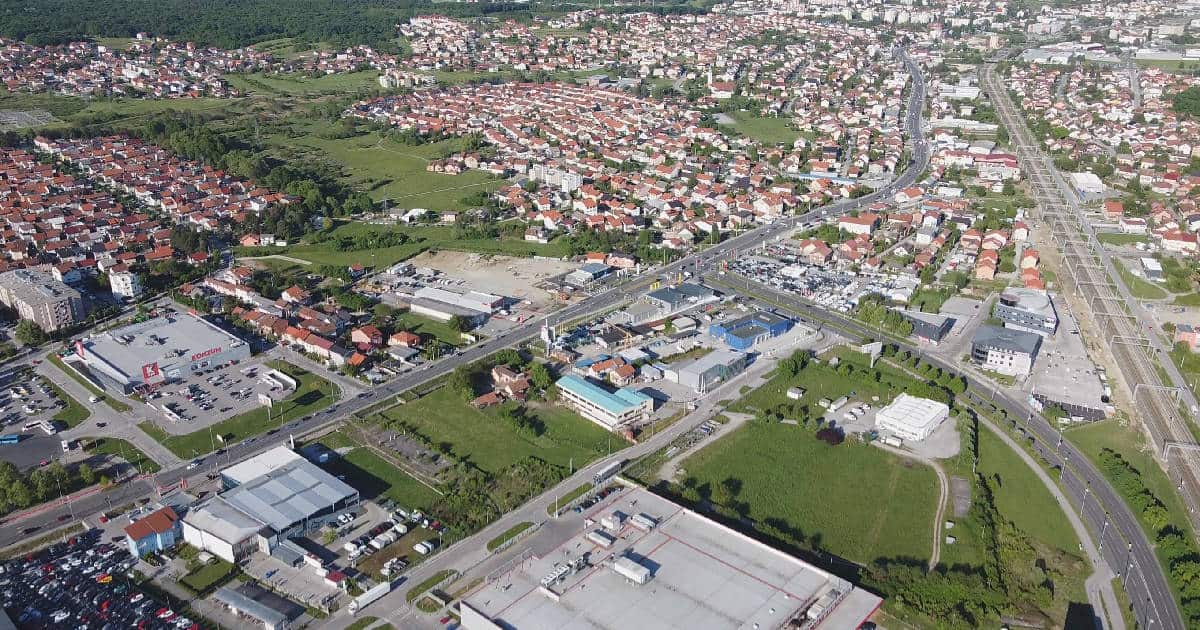Separating Myth from Fact: How New Technology Has-and Has Not-Impacted Farmers in the New Millennium
Introduction: The Reality of Technological Change in Modern Farming
The new millennium has seen a dramatic shift in agriculture, driven by the rise of advanced technologies like Artificial Intelligence (AI), robotics, big data analytics, and the Internet of Things (IoT). These innovations promise increased efficiency, higher yields, and smarter resource use. However, not every change attributed to technology is accurate or universally experienced by farmers. This article clarifies which impacts are real, which are not, and provides actionable steps for those seeking to benefit from agricultural advances.
What Technology Has
Actually
Changed for Farmers
Modern technology has brought tangible improvements to farming. Here are the most significant:
1. Enhanced Productivity and Efficiency
Tools like AI and machine learning analyze data to help farmers predict crop diseases, manage planting schedules, and optimize resource use. This has led to measurable increases in yield and reductions in waste [1] . Real-time analytics allow for precise interventions, reducing the need for blanket pesticide or fertilizer applications and lowering costs.
Example: AI-powered systems can detect early signs of crop stress, enabling targeted irrigation or pest management. This saves water and chemicals while improving output.
2. Automation and Robotics
Robotic weeders, automated planters, and driverless tractors have transformed physically demanding tasks. These machines can work around the clock, increasing efficiency and reducing the need for manual labor [1] .
Example: In large-scale greenhouse operations, robots handle repetitive tasks such as planting and pruning, freeing up human workers for more complex duties.
3. Precision Agriculture and Data-Driven Decisions
Precision agriculture leverages GPS, IoT sensors, and big data to monitor soil health, moisture levels, and weather conditions. Farmers can now apply water, fertilizer, and pesticides exactly where needed, minimizing waste and maximizing crop health [2] . Geographic information systems (GIS) and drones provide spatial data for targeted interventions [4] .
Example: IoT-connected soil sensors provide real-time feedback, letting farmers adjust irrigation schedules to conserve water and avoid overwatering.

Source: ru.wikipedia.org
4. Improved Supply Chain and Resource Management
Farm-management software helps farmers track inventories, plan harvesting, and manage logistics. These systems streamline operations and support better financial decisions [3] .
Example: Digital platforms allow farmers to monitor equipment maintenance, crop storage, and market prices, helping them adapt to changing conditions.
5. Increased Access to Data and Analytics
Big data platforms and analytics help farmers make smarter decisions. By integrating weather forecasts, market trends, and field data, farmers can anticipate challenges and seize opportunities [4] .
Example: Some platforms offer predictive analytics for optimal harvest timing, which can increase profits and reduce spoilage.
What Technology Has
Not
Changed-or Not for Everyone
While the benefits are clear, there are misconceptions and limitations about technology’s impact:

Source: fity.club
1. Technology Has
Not
Eliminated the Need for Human Labor Entirely
Despite advancements, human expertise remains essential for managing complex operations, making strategic decisions, and adapting to unexpected challenges. Robotics and automation mostly reduce repetitive, physical labor but do not replace all human roles [1] .
Challenge: Small farms often lack the resources to invest in advanced machinery, keeping manual labor a core part of their operations.
2. Technology Has
Not
Made Farming Equally Accessible
There is a widening gap between large, well-funded farms and smaller family-run operations. High costs, limited digital skills, and insufficient infrastructure prevent many from adopting new technologies [5] .
Example: While large farms may use drones and AI analytics, smaller farms may struggle to afford or maintain such equipment.
3. Technology Has
Not
Completely Solved Environmental or Supply Chain Issues
Although data-driven agriculture can reduce environmental impact, it does not eliminate challenges like supply chain disruptions, climate variability, or resource scarcity. These issues still require broader policy and industry solutions [5] .
Example: Technological solutions may optimize operations locally, but global market shifts and extreme weather events can still disrupt farming.
4. Technology Has
Not
Replaced the Need for Financial Stability and Policy Support
Farmers continue to need stable access to credit, insurance, and government support to invest in new technology. Without financial backing, technological adoption remains limited [5] .
Solution: Farmers can contact local agricultural extension offices, banks, and insurance providers for guidance on available programs.
How to Access Real Agricultural Technology Benefits
If you’re a farmer seeking to adopt new technologies, follow these steps for practical implementation:
1. Assess Your Needs and Resources
Start by identifying which operations could benefit most from technology, and evaluate your budget and digital skills. Focus on scalable solutions that match your farm size and goals.
2. Explore Verified Programs and Providers
Many government agencies and industry organizations offer support for technology adoption. To access verified information:
- Contact your local USDA office for grants and educational programs.
- Search for extension services at nearby land-grant universities, which often provide free or low-cost training in digital agriculture.
- Consult established equipment dealers for demo opportunities and financing options.
- Look for agricultural technology events and trade shows in your area for hands-on exposure.
3. Build Skills and Connect with Experts
Digital literacy is key to unlocking technology’s benefits. Consider:
- Participating in online courses on farm management software, IoT, and data analytics. Major universities and agricultural organizations offer these programs.
- Joining professional networks, such as farmer cooperatives or online forums, to share experiences and solve challenges collaboratively.
4. Start Small and Scale Up
Begin with pilot projects-such as installing soil sensors or adopting simple farm-management software-before investing in large-scale automation. Monitor results and expand successful strategies over time.
5. Seek Financial Support and Alternative Pathways
If financing is a barrier, investigate:
- Government grants and cost-sharing programs (search through USDA or your state’s agriculture department).
- Private loans from agricultural banks or credit unions.
- Group purchasing programs through local cooperatives, which can reduce equipment costs.
When official links are unavailable or uncertain, seek guidance directly from agency staff or use official search terms like “USDA technology grants” or “agricultural extension services.”
Key Takeaways and Alternatives for Farmers
Technology has revolutionized agriculture in many ways, but not all commonly claimed impacts are accurate or universally experienced. Human expertise, financial stability, and supportive policy remain critical. For farmers looking to adopt new tools, a step-by-step approach-starting with needs assessment, skills building, and scalable investments-offers the best path forward.
If you are unable to access specific programs or resources online, you can:
- Contact your local agricultural extension office for personalized advice.
- Attend community meetings and farmer workshops for information on grants and emerging technologies.
- Consult with trusted equipment dealers for product demonstrations and financing details.
References
- [1] Folio3 (2024). Impact of Technology in Agriculture In 2025: AI, IoT, & Beyond.
- [2] Deloitte Insights (2023). Agriculture technology predictions.
- [3] McKinsey (2023). Agtech: Breaking down the farmer adoption dilemma.
- [4] WEZOM (2023). Advanced Ways Of Farming with Agricultural Technologies.
- [5] Farmonaut (2025). Are American Farmers Struggling? 7 Urgent Challenges In 2025.
MORE FROM couponito.com













